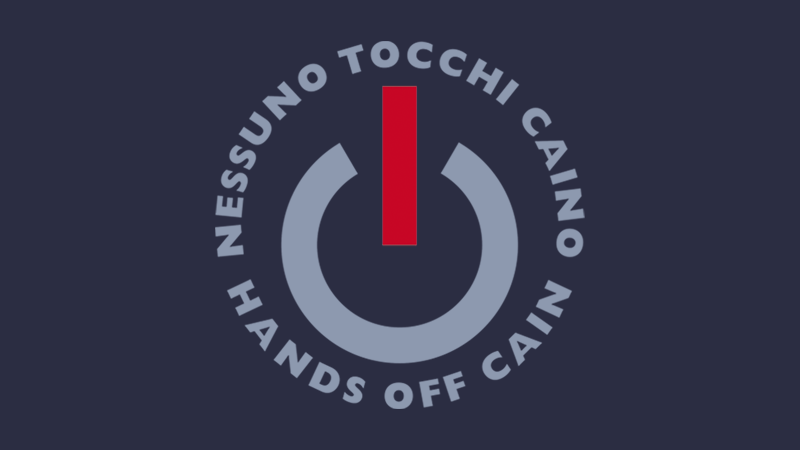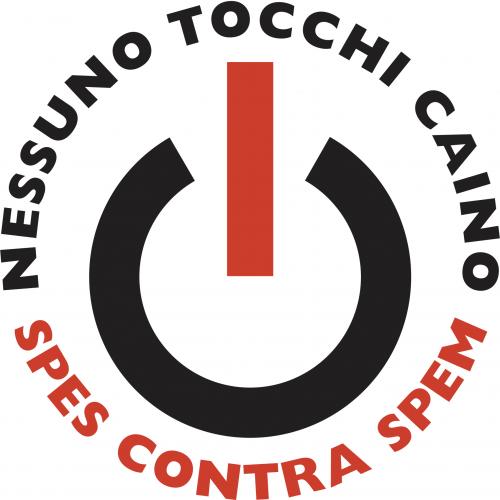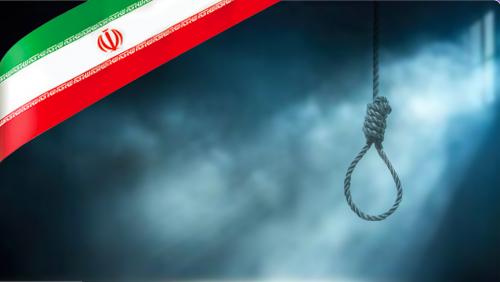31 July 2015 :
The prison of Moroni sits atop a hill at the entrance to the neighbourhood of Dawedju and, seeing it from the outside, it does not inspire particular fear as it blends with the overall bleakness of its surroundings. Black and grey are the prevailing colours from the earth to the streets to the houses of the island, which is dominated by the volcano Karthala that, over time, with its eruptions, has spread its lava and ash like pitch. The island’s many beaches have been cut to the bone, their white sands illegally used for construction.
The prison, commonly referred to as “Moroni 2”, to ironically differentiated it from the most exclusive hotel in the Comoros Islands’ capital, is the largest of three prisons (one on each island) and was built by the French during the colonial period.
According to the military genius behind its architecture at the time of construction, the prison was to hold up to eighty inmates. However, according to sanitary standards established by the World Health Organisation, it should not house more than fifty. Last 19 November, the day of our visit, there were 221 inmates, including six condemned to death, eight women and six minors.
The Attorney General of Comoros, Mahamoud Soilihi, authorised the delegation from Hands Off Cain to enter the Maison d’arrêt of Moroni “on the condition that it would respect the privacy of the inmates and the Country’s image.” This seemed immediately paradoxical given the state of extreme deprivation and general promiscuity that marks the lives of those incarcerated within: the twenty-five definitively sentenced inmates live along with those awaiting sentencing; the six inmates condemned to death and the two serving life sentences socialise with chicken thieves and the like; seventeen inmates charged with plotting against the security of the territory of the State of Comoros are alongside embezzlers and other small-time white-collar criminals; the six minors are mixed with the elderly and the numerous sex offenders, the most common crime; the ill live alongside the apparently healthy.
The buildings are in total ruin, with water leaks throughout eating through foundations and roofs made from lime and ocean sand, extremely weak already from the high salt content.
The male prisoners are equally divided in two sections located right next to each other with separate entrances. By day, the life of the inmates revolves around a tiny dirt courtyard strewn with rocks, discarded bags, plastic containers and piles of other trash.
As soon as we enter, we are assaulted by a nauseating stench coming from an open rivulet of sewage and by an acrid odour of burning wood coming from a rudimentary kitchen tucked into a corner under an awning, where an enormous fire heats a black cauldron. The inmate-chef smiles and is proud to prepare the poor daily nourishment for over one hundred of his fellow mates of misadventure. The ration, unchanged for years, consists of one bowl of rice and a sardine, which represents the only nourishment for who is unable to augment the ration with provisions brought in by family members.
According to “records”, there are six juvenile offenders at Moroni, but when we ask those under the age of eighteen to line up along a wall to be counted, there are many more, at least twenty: some of them, such as Naouirou, Housni, Nizar, Ibrahim and Mounir, are really just children; other seem to have just reached adulthood; others, even older, jump into the group just to be photographed.
The only building of any considerable grandeur and dignity is the “mosque” that springs up in the middle of the courtyard. It was inaugurated in April of 2009 to bring some peace and comfort to the community of desperate, poor and abandoned that lives the hell of Moroni. Mohamed Assaf acts as Imam, teaching the Koran and leading the calls to prayers. “I was imprisoned in July for spying on the President,” he says sarcastically. He is part of the National Front for Justice, an Islamic opposition party and is accused of having “illegally” recorded a conversation between President of the Republic Ikililou Dhoinine and Vice President Nourdine Bourhane.
Inmates spend their entire day in the courtyard, where the only entertainment is a sort of checkers played on a chessboard of stone with round stones serving as the pieces. At night, the laws of physics are defied to sleep upon mattresses and mats piled upon the floors of the overcrowded cells, entrapped until daybreak. The few single rooms are reserved for model inmates and the extremely dangerous. They have no openings to provide for air or natural light. The air could be moved slightly by personal fans but they are all shut off during our visit, while the mess of wires that provide current are used, instead, to hang plastic bags and ravaged clothes of every imaginable colour. In a larger room, three metres by five metres, the only one in the section, an inmate is sleeping on the only bed which runs from one wall to another, he is feverish and sweaty. At sunset, he will be joined by the rest of the population.
The prison infirmary lacks equipment and essential medicines and, even though infectious diseases reign here, there are no inmates being treated. The anti-chamber to the facility is used as a dormitory for soldiers charged with guarding those inmates accused of threatening State security.
Fekkak Abdellaziz, a 47 year old Moroccan condemned to death for a “crime of passion”, shows the marks he has on his skin. “In all my years here, I’ve never been seen by a doctor,” he laments, “All I ask for are more humane conditions, little things, some soup, some food, milk, some medicine and just a bit of comfort.”
Abdermane Abdillah, an ex-police officer condemned to death for murder, proclaims his innocence and calls for an appeal. “I can only hope for God’s help and divine justice… I no longer have any hope in the justice of men.”
This section has two “toilets” that no one would dare to define as hygienic services. The shower is a bucket attached to a faucet from which no one knows if and when water will run. For night-time relief inmates rely on plastic bags which can be found the day after adorning a corner of the courtyard.
The eight female inmates have a small section to themselves and, upon our arrival, perhaps out of modesty, they enter into a tiny room and all sit along a single bed that is to serve for all of them at night.
The prison has no visiting room. Visits are held under an awning at the entrance to the prison surrounded by chicken wire on stone benches divided by a wall a metre and a half high.
For a number of years, the security of the prison has been entrusted to a private company that has a contract with the Ministry of Justice. Before leaving, the head of the prison, Commissioner Ahamada Oussouf, wearing a Hawaiian shirt, mirrored sunglasses and a cowboy hat, invites us into his office, a cubbyhole one metre by two metres. The computer and printer are turned off and are surely not in working order. Essential information about the prison population are written on a blackboard behind him and he has copied all the information onto a piece of paper which he hands to us. “You’ve seen how the inmates live. Look at the conditions I work in… All I ask is that someone finance a course for penitentiary personnel.” He has only seven agents at his disposal, three of them are women, recruited from the ranks of the police, along with an old truck with just a few seats, absolutely insufficient for transporting inmates awaiting justice to court.
After unilaterally declaring independence in 1975, the three island of Comoros – Grande Comore, Anjouan and Moheli – were abandoned by France and left to themselves along with the existing prisons. Another two islands in the archipelago, the Mayotte, which chose to remain under French rule, were rewarded with generous subsidies, economic advantages and an outpost of the Foreign Legion.
We leave the prison of Moroni overcome by a feeling of nausea. We have never seen such a state of degradation and desolation in any other place where liberty is deprived. The prison’s total decay and the inhumane conditions of those who unfortunately strayed enough to find themselves there are not just a point of curiosity regarding only the nation of Comoros. Such a place puts to the question the collective conscience of the “civilised” world and, above all, recalls the responsibility of Europe which, having built and abandoned a century ago a legacy of prisons and gallows – totally alien to African traditions – has the obligation today to repair, starting with the prisons, offering at least an ounce of solidarity, to give this Nation a minimum of civil decency, human dignity and compassion.






